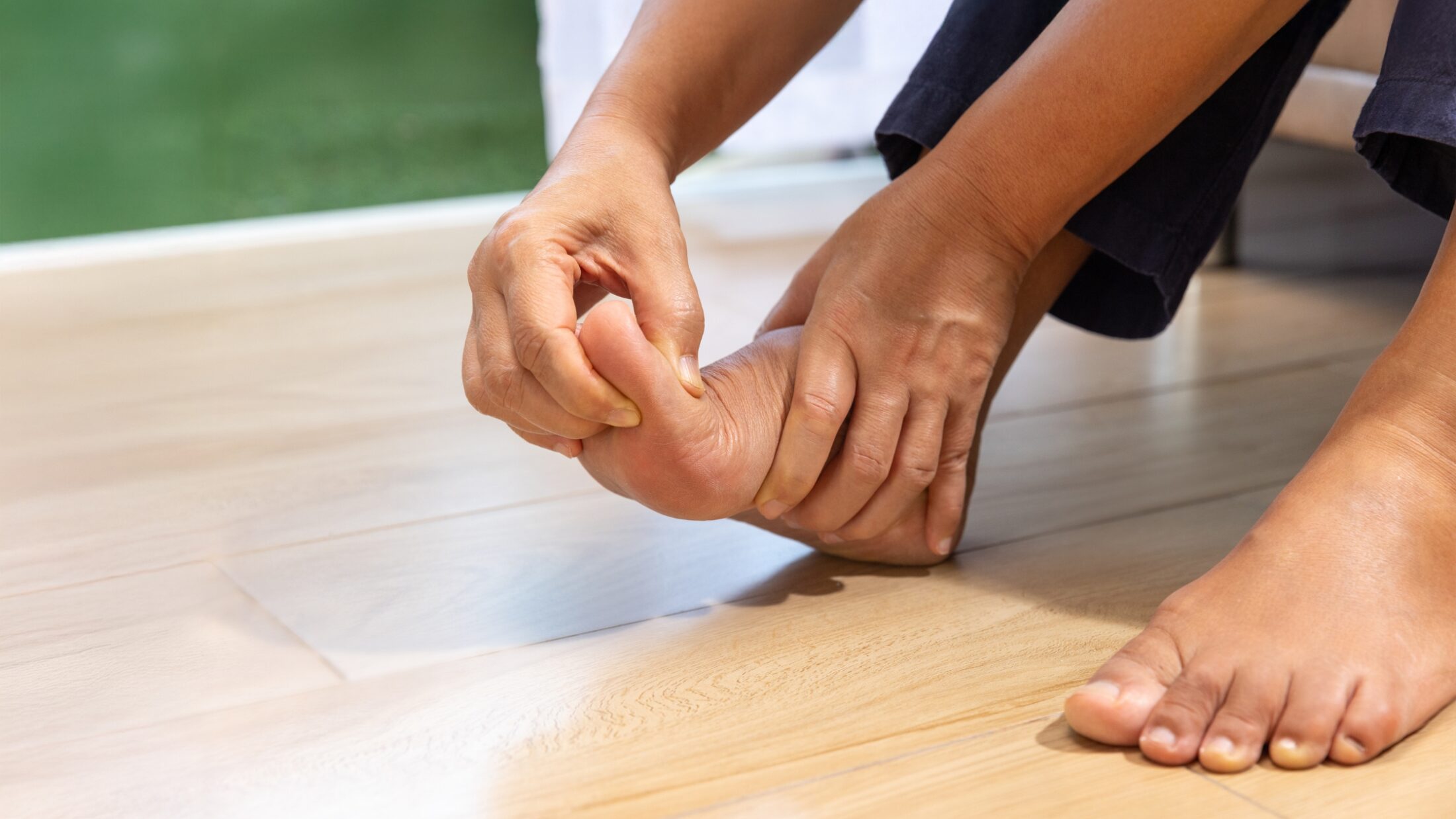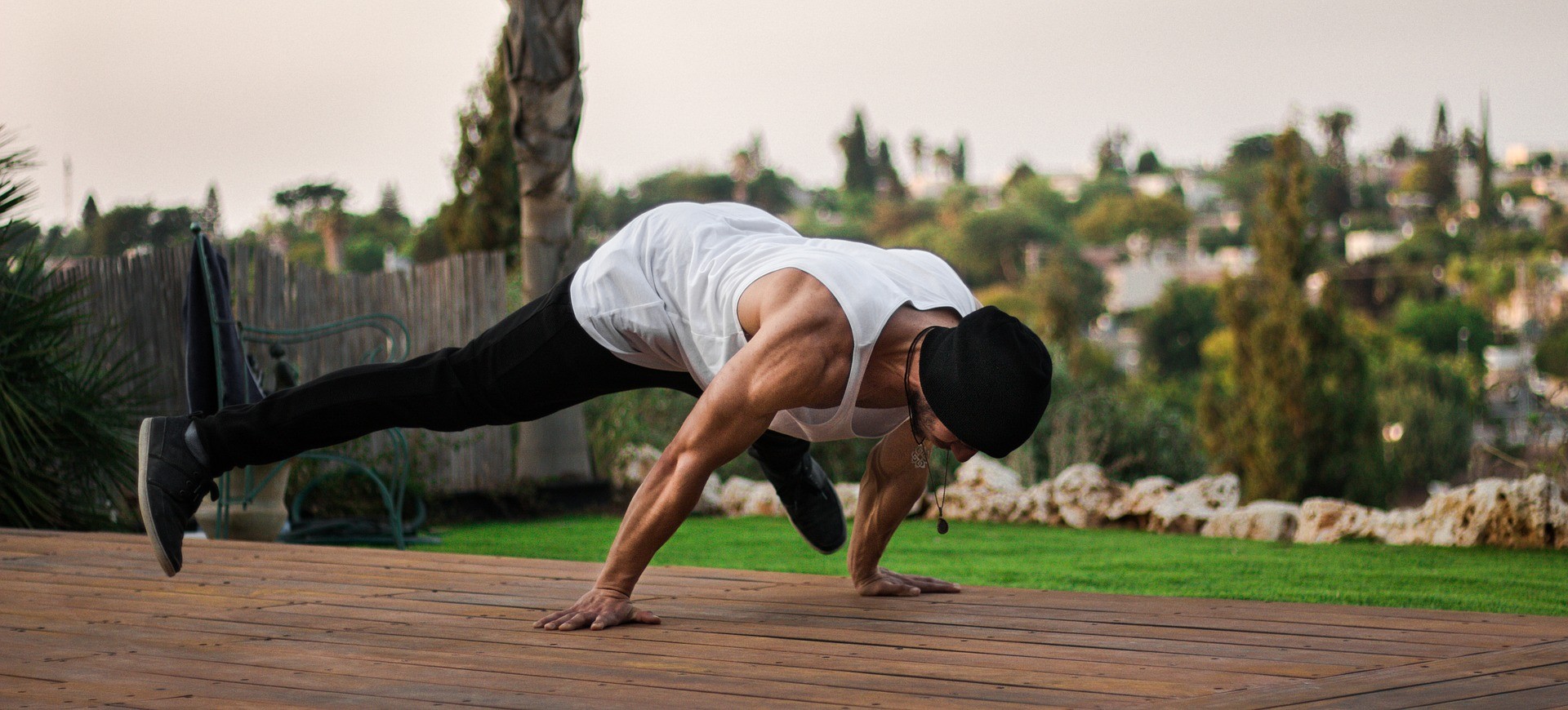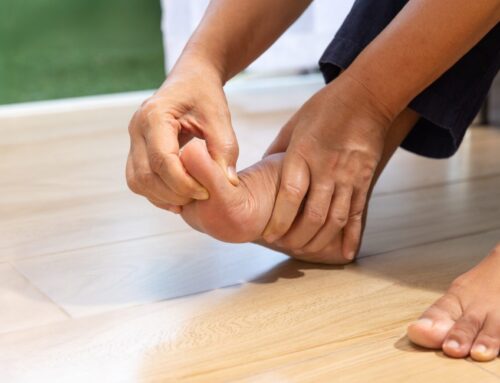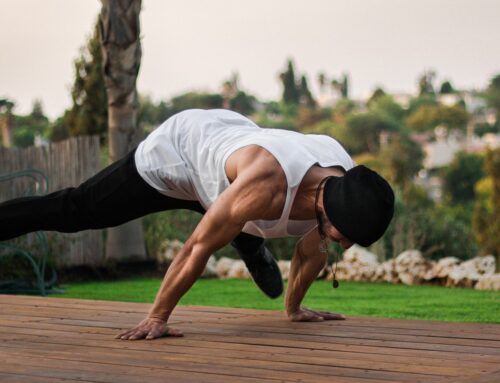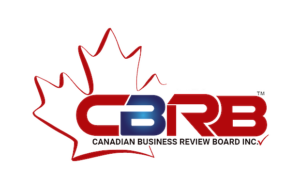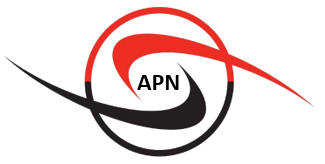Workout recovery often doesn’t get the attention it deserves, even though it has a major impact on how you perform and feel over time. How your body recovers between sessions can influence everything from energy levels and progress to injury prevention and overall well-being. Giving your body time to repair helps reduce inflammation, restore strength, and lower the risk of fatigue or burnout.
One recovery method gaining more attention in both clinical settings and fitness communities is compression therapy. Supported by research and used by athletes at all levels, compression therapy promotes circulation, eases muscle soreness, and helps the body bounce back more efficiently after physical activity.
There are two widely used types of compression therapy for workout recovery:
- Compression garments like sleeves, socks, or leggings that apply steady pressure and can be worn during or after a workout
- Compression pump systems, which use rhythmic air pressure in a clinical setting to encourage blood flow and flush out waste byproducts
Both options can be helpful in reducing muscle discomfort and supporting faster recovery so you’re ready to move again with less downtime.
Why Workout Recovery Should Be Part of Your Training Plan
Every training session places stress on your muscles, joints, and connective tissues. While that stress is necessary for growth and progress, it’s during the recovery period, not the workout itself, that your body rebuilds and becomes stronger. Skipping or neglecting proper recovery can undermine all the effort you put into training.
When workout recovery is ignored, small muscle strains can build into overuse injuries. Soreness lingers longer than it should, and your energy levels may start to dip between sessions. Over time, this leads to stalled progress, increased injury risk, and a greater chance of burnout.
Some of the most common signs that your body needs recovery support include:
- Persistent muscle soreness
- Lingering fatigue
- Swelling or tightness in your legs or arms
- Trouble completing regular training sessions at your usual level
Incorporating intentional recovery strategies, such as compression therapy, can help your body reset and stay prepared for your next workout. Benefits of proper workout recovery include:
- Boosts strength gains through proper muscle repair
- Prevents chronic fatigue from intense training cycles
- Supports long-term consistency and performance
When you treat recovery as seriously as training, your body performs better, adapts faster, and stays healthier in the long run.
What Is Compression Therapy
Compression therapy involves the controlled application of pressure to specific areas of the body, typically the arms or legs. This pressure helps improve blood flow and lymphatic drainage, which in turn can reduce swelling, relieve muscle fatigue, and support faster recovery after physical activity.
The increased circulation helps transport oxygen and nutrients to recovering muscles while also assisting in the removal of metabolic waste like lactic acid. These effects make compression therapy a valuable tool for managing post-exercise soreness and improving workout recovery outcomes.
While compression therapy has long been used by elite athletes and sports medicine professionals, it is now more widely accessible and beneficial for anyone who exercises regularly. Whether you’re training for competition or following a weekly workout routine, compression therapy can help your body recover more efficiently between sessions.
Types of Compression Therapy
Compression garments
Compression garments include specially designed socks, sleeves, or leggings that apply consistent pressure to the limbs. They can be worn during workouts to reduce muscle vibration and fatigue, or after exercise to support circulation and recovery.
Benefits of compression garments:
- Easy to use throughout the day
- Discreet and comfortable for daily wear
- Suitable for travel, post-workout recovery, or prolonged standing
Compression pump therapy
Compression pump therapy uses inflatable sleeves connected to a machine that applies intermittent pneumatic pressure. These sessions are typically performed in a clinical or wellness setting and deliver a stronger, more targeted level of compression compared to garments.
Benefits of pump-based therapy:
- Deeper relief for sore or fatigued limbs
- Helps manage post-workout inflammation and swelling
- Often used after intense training sessions or athletic events
Both types of compression therapy can help build a well-rounded workout recovery plan, offering support for muscles that work hard and need time to rebuild.
How Compression Therapy Supports Workout Recovery
After intense physical activity, your body needs time to repair muscle fibers, restore energy levels, and eliminate metabolic waste. Compression therapy helps support these processes by improving circulation and reducing the strain on your body’s natural recovery systems.
One of the benefits of compression is that it enhances venous return, which means it helps push deoxygenated blood and waste products back toward the heart. This allows freshly oxygenated blood to circulate more efficiently, delivering nutrients to tissues that need repair. As a result, the body can flush out lactic acid and other byproducts of exercise more quickly.
By improving circulation and reducing fluid buildup, compression therapy may also help lower inflammation and reduce the severity of delayed onset muscle soreness (DOMS). Many people who incorporate compression into their workout recovery routines report feeling less sore and more ready to train again sooner.
Consistent use of compression therapy can:
- Promote faster healing of microscopic muscle tears
- Alleviate tightness and inflammation in overworked muscles
- Reduce overall muscle fatigue with regular use
- Improve how quickly you feel recovered after intense training sessions
When to Use Compression Garments vs Compression Pump Therapy
Both compression garments and compression pump therapy support workout recovery, but they serve slightly different purposes. Understanding when to use each method can help you get the most out of your recovery routine.
Compression Garments
Compression garments, such as socks, sleeves, or leggings, apply consistent, moderate pressure to the limbs. They are designed for convenience and can be worn throughout the day or shortly after a workout.
When to use compression garments:
Best for everyday use or post-workout wear
- Ideal for supporting circulation during long periods of standing or sitting
- Portable and easy to integrate into a fitness or travel routine
- Helpful for managing swelling after training or on days with prolonged physical activity
Garments are a practical option for ongoing support, especially if you’re staying active on recovery days or managing mild fatigue between workouts.
Compression Pump Therapy
Compression pump therapy uses a device that applies rhythmic, higher-pressure compression to the limbs through inflatable sleeves. These sessions are typically offered in a clinical or wellness setting and are designed to deliver more targeted recovery benefits.
When to use compression pump therapy:
- Ideal for deeper relief after intense or high-volume training
- Often used after competition, long runs, or heavy lifting sessions
- Provides focused support to reduce soreness, swelling, and fatigue
- Typically requires a short appointment (20-45 minutes)
Pump therapy can complement your recovery efforts when you need a stronger intervention or want to speed up healing after particularly demanding workouts.
Tip: Combining Both Approaches
Many athletes and fitness enthusiasts benefit from using both types of compression therapy at different times. Compression garments offer daily support and convenience, while pump therapy provides a more intensive recovery experience when needed.
By integrating both methods into your routine, you can address the varying demands of your training schedule and promote more effective workout recovery over time.
Who Can Benefit From Compression Therapy
Compression therapy is not just for elite athletes. It’s a versatile recovery option that offers real benefits for a wide range of people who lead active lifestyles or experience muscle fatigue from regular physical activity.
Whether you’re training for a competition or fitting in workouts between a busy schedule, supporting your workout recovery is key to staying consistent, avoiding injuries, and feeling your best.
People who can benefit from compression therapy include:
- Amateur and professional athletes looking to enhance performance and reduce downtime
- Weekend warriors and regular gym-goers managing muscle fatigue or soreness after training
- Runners and cyclists who need support for endurance recovery and lower limb circulation
- Weightlifters and power athletes seeking faster muscle repair after heavy lifting
- Team sport athletes such as soccer, basketball, or hockey players who experience repeated impact and exertion
- Anyone with tired legs, sore muscles, or slow post-workout recovery who wants to feel more refreshed between sessions
Compression therapy is especially helpful for individuals experiencing persistent soreness or swelling, or for those trying to maintain a higher level of activity without overtraining. It can be an effective, low-effort addition to a broader recovery strategy, helping to support your body’s ability to repair and recharge after exercise.
Supporting Workout Recovery Beyond Compression Therapy
Compression therapy can be a valuable part of your recovery strategy, however it works best when combined with other supportive habits. A well-rounded approach to workout recovery ensures your body has everything it needs to heal, rebuild, and perform at its best over time.
Sleep and Nutrition
- Sleep is when much of the body’s repair and muscle regeneration takes place. Aim for consistent, high-quality rest to support full recovery.
- Nutrition plays a direct impact in muscle repair. Focus on balanced meals with protein, healthy fats, and complex carbohydrates to refuel your body after training.
Hydrate Before and After Training
- Dehydration can slow down recovery and increase fatigue. Drink plenty of water throughout the day, especially before and after workouts, to support circulation and muscle function.
Mobility Work, Stretching, and Active Rest
- Light activity like walking, yoga, or gentle cycling improves blood flow without overloading the muscles.
- Stretching helps reduce muscle tension and maintain flexibility, which can also reduce injury risk.
- Active recovery days should be built into your training schedule to allow for restoration without complete inactivity.
Soft Tissue Techniques
- Massage therapy or self-massage can relieve muscle tension and support lymphatic drainage.
- Foam rolling helps release tight fascia and improve range of motion when done consistently and with proper technique.
By combining these recovery methods with regular use of compression garments or pump therapy, you create an environment that promotes faster healing and improved performance. Supporting workout recovery from multiple angles helps ensure that your training remains sustainable, enjoyable, and effective.
Signs Your Body Could Use Extra Recovery Support
Knowing when to seek extra support for your workout recovery can help you avoid setbacks and stay on track with your fitness goals. While minor soreness is normal after exercise, there are times when recovery needs more attention. Compression therapy can offer a safe, non-invasive way to support your body before small issues become bigger problems.
You may want to consider booking a compression therapy session if:
- Soreness or fatigue lasts more than two days
If your muscles feel unusually tight, heavy, or slow to bounce back, it could be a sign your body needs additional recovery support. - You are preparing for or recovering from an intense event
Compression therapy is often used before races, tournaments, or high-volume training weeks to reduce inflammation and promote circulation. - You are managing chronic leg fatigue or swelling
Standing, walking, or training regularly can lead to fluid buildup and lower limb discomfort. Compression can help alleviate those symptoms and restore comfort. - You want to stay consistent without risking burnout
Recovery is essential for long-term progress. Booking regular sessions can help maintain momentum by reducing downtime and keeping your body ready for what’s next.
Listening to your body is key. If recovery feels incomplete or you’re noticing signs of overtraining, compression therapy may be a simple way to restore balance and protect your performance.
Finding What Works for Your Recovery
Compression therapy is a science-backed method that supports your body’s natural healing process after physical activity. From reducing muscle soreness to improving circulation, it offers reliable benefits that can help you feel better between workouts and stay consistent with your routine.
Using compression garments during daily activity or scheduling compression pump sessions after intense training are both effective strategies to ease discomfort and promote recovery. If you’re looking for a safe and effective way to enhance your workout recovery, compression therapy is a practical option to consider. It fits well into most routines and supports both short-term relief and long-term performance goals.
Interested in seeing how compression therapy can work for you? Book an appointment to explore the options and find the right approach for your recovery needs.
Share This Story, Choose Your Platform!
We specialize in orthotics, body braces, and compression wear tailored to your unique needs in Toronto. Reach out to us at info@caremed.care or call 416-782-5353 to book your fitting and consultation.
Experience the difference of customized solutions designed just for you.


